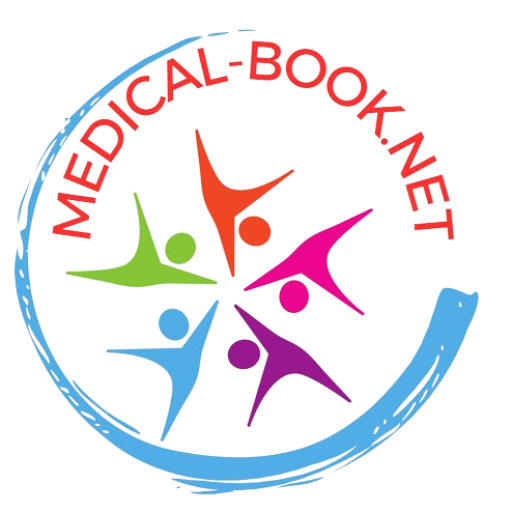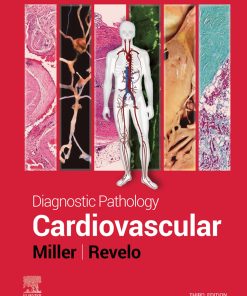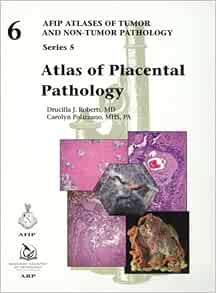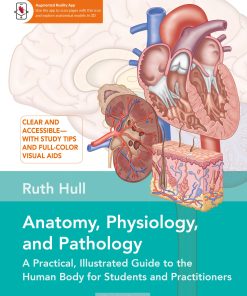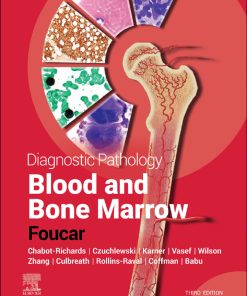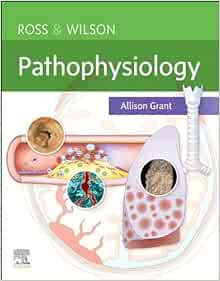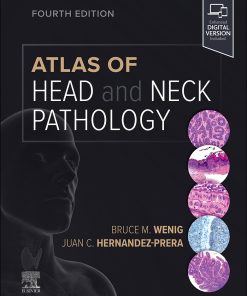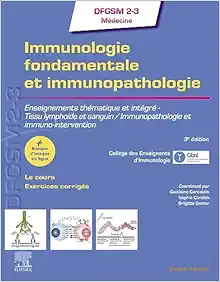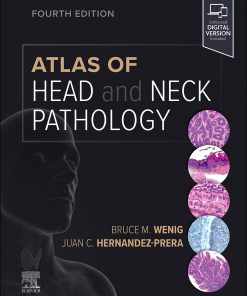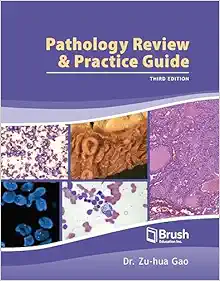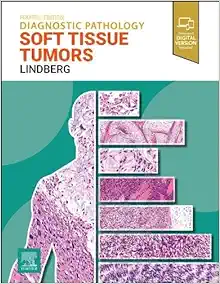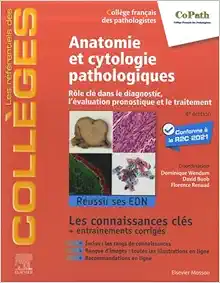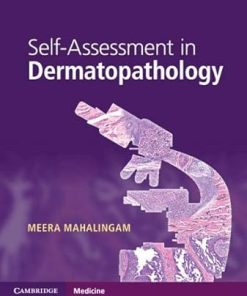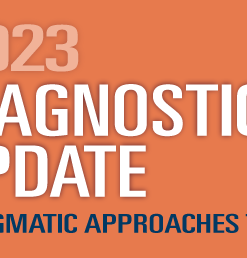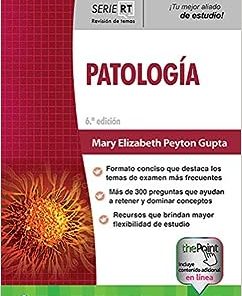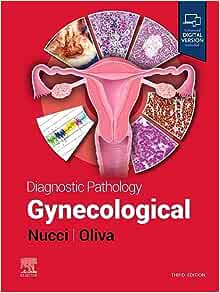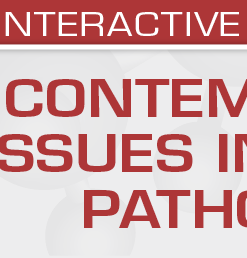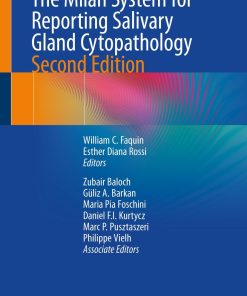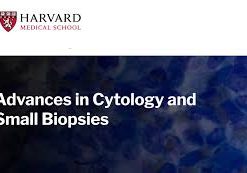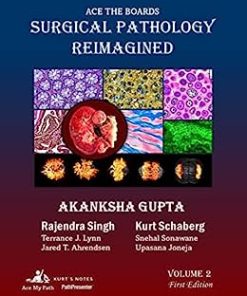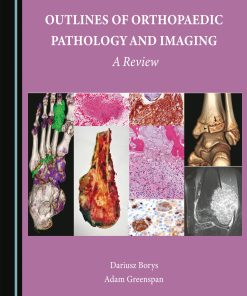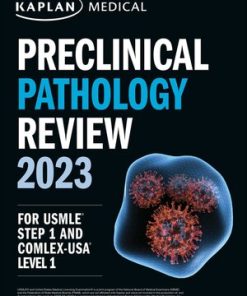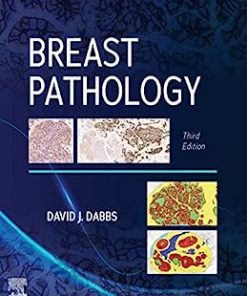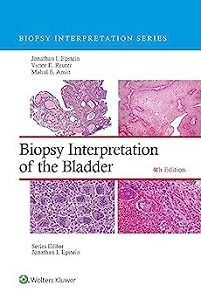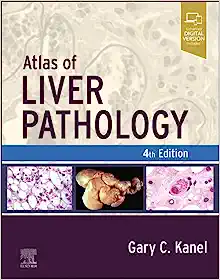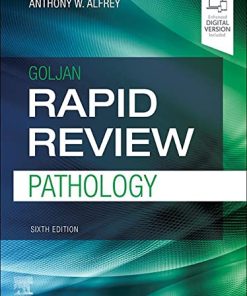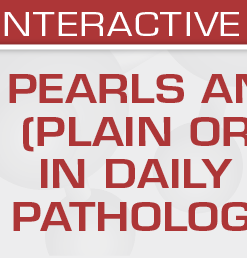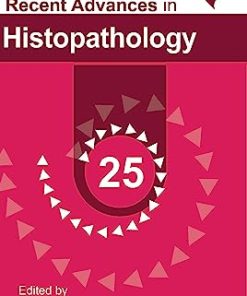Discover the Best Pathology Books Now!
Are you looking for the best pathology books to help you understand and learn more about this field? Look no further! We have a wide selection of pathology books that can help you gain a better understanding of the subject. From textbooks to reference guides, our collection of pathology books will provide you with the knowledge and resources you need to excel in your studies. Whether you are a student or a professional, our selection of pathology books will give you the edge you need to succeed. Check out our selection now and start learning more about pathology today! Click here to explore our selection of pathology books now!
Pathology Books
Pathology Books
Diagnostic Pathology: Blood And Bone Marrow, 3rd Edition (EPUB)
Pathology Books
Pathology Books
Diagnostic Pathology: Blood And Bone Marrow, 3rd Edition (EPUB)
Pathology Books
Pathology Books
Pathology Books
Pathology Books
Pathology Books
Pathology Books
Pathology Books
Pathology Books
Pathology Books
Pathology Books
Pathology Books
Pathology Books
USCAP Pearls and Pitfalls (Plain or Splashy) in Daily Urologic Pathology Practice 2023
Pathology Books
Introduction
Are you looking to advance your knowledge in pathology? Look no further! Discover the Best Pathology Books to Advance Your Knowledge is here to help. This comprehensive guide provides an overview of the best pathology books available, helping you find the perfect book to suit your needs. Whether you're a student, medical professional, or just curious about the field, this guide will provide you with the information you need to make an informed decision. With detailed reviews and ratings, you can be sure to find the perfect book to help you learn more about pathology.
Overview of Pathology: A Comprehensive Guide to the Subspecialties
Pathology: A Comprehensive Guide to the Subspecialties is an essential reference for medical professionals and students alike. This comprehensive guide provides a thorough overview of the various subspecialties within pathology, including clinical pathology, anatomic pathology, molecular pathology, and forensic pathology. It covers the fundamentals of each subspecialty, as well as more advanced topics such as laboratory techniques, disease processes, and diagnostic criteria.
The book begins with an introduction to pathology, discussing its history, scope, and importance in modern medicine. It then moves on to discuss the different subspecialties in detail, providing an overview of their roles and responsibilities. Clinical pathology focuses on the diagnosis and treatment of diseases through laboratory testing, while anatomic pathology involves the examination of tissue samples to diagnose diseases. Molecular pathology examines genetic material to identify mutations and other abnormalities, and forensic pathology investigates deaths to determine cause and manner of death.
Each subspecialty is discussed in depth, covering topics such as laboratory techniques, disease processes, and diagnostic criteria. The book also includes case studies to illustrate how these concepts are applied in practice. Additionally, it provides information on the latest advances in pathology, including new technologies and treatments.
Overall, Pathology: A Comprehensive Guide to the Subspecialties is an invaluable resource for anyone interested in learning more about the field of pathology. It provides a comprehensive overview of the various subspecialties, as well as detailed information on laboratory techniques, disease processes, and diagnostic criteria. With its clear explanations and helpful case studies, this book is an essential reference for medical professionals and students alike.
Clinical Pathology: An Introduction to Laboratory Medicine
Clinical Pathology: An Introduction to Laboratory Medicine is a comprehensive guide to the field of laboratory medicine. It provides an overview of the various aspects of clinical pathology, including laboratory techniques, laboratory safety, and quality assurance. The book also covers the principles of laboratory diagnosis, including the use of laboratory tests to diagnose diseases, as well as the interpretation of laboratory results.
The book begins with an introduction to the field of laboratory medicine, including its history, scope, and importance. It then moves on to discuss the different types of laboratory tests, such as hematology, biochemistry, immunology, and microbiology. It also covers the principles of laboratory diagnosis, including the use of laboratory tests to diagnose diseases, as well as the interpretation of laboratory results.
The book also discusses the role of laboratory personnel in the laboratory setting, including their responsibilities and duties. It also covers the principles of laboratory safety, including the proper handling of hazardous materials, the use of protective equipment, and the prevention of accidents. Additionally, it covers the principles of quality assurance, including the use of standard operating procedures, the implementation of quality control measures, and the evaluation of laboratory results.
Finally, the book provides an overview of the various aspects of laboratory management, including the selection and maintenance of laboratory equipment, the development of laboratory policies and procedures, and the management of laboratory personnel. It also covers the principles of laboratory information systems, including the use of electronic medical records and the integration of laboratory data into patient care.
Overall, Clinical Pathology: An Introduction to Laboratory Medicine is an essential resource for anyone interested in learning more about the field of laboratory medicine. It provides a comprehensive overview of the various aspects of laboratory medicine, from laboratory techniques to laboratory safety and quality assurance. It is an invaluable resource for students, practitioners, and researchers alike.
Pathology for the Health Professions
Pathology for the Health Professions is a field of study that focuses on the diagnosis and treatment of diseases. It is an important part of medical science, as it helps to identify the cause of a disease and determine the best course of action for treating it. Pathology for the Health Professions involves the use of laboratory tests, imaging techniques, and other diagnostic tools to diagnose and treat diseases.
Pathologists are medical professionals who specialize in the diagnosis and treatment of diseases. They use a variety of methods to diagnose and treat diseases, including laboratory tests, imaging techniques, and other diagnostic tools. Pathologists also work with other healthcare professionals to develop treatment plans for patients.
Pathology for the Health Professions includes the study of anatomy, physiology, biochemistry, pathology, and pharmacology. Anatomy is the study of the structure of the body, while physiology is the study of how the body works. Biochemistry is the study of the chemical processes that occur within the body, while pathology is the study of diseases and their causes. Pharmacology is the study of drugs and their effects on the body.
Pathology for the Health Professions also includes the study of clinical pathology, which is the study of diseases and their diagnosis and treatment. Clinical pathologists use laboratory tests, imaging techniques, and other diagnostic tools to diagnose and treat diseases. They also work with other healthcare professionals to develop treatment plans for patients.
Pathology for the Health Professions is an important field of study for those interested in pursuing a career in the health care industry. It provides a comprehensive understanding of the diagnosis and treatment of diseases, as well as the knowledge necessary to develop effective treatment plans for patients. Those who pursue a career in pathology for the Health Professions will be able to provide valuable insight into the diagnosis and treatment of diseases, helping to improve patient outcomes.
Robbins and Cotran Pathologic Basis of Disease
Robbins and Cotran Pathologic Basis of Disease is a comprehensive medical textbook that provides an in-depth look at the pathologic basis of disease. It is widely used by medical students, residents, and practitioners as a reference for understanding the underlying causes of diseases and their treatments. The book is divided into two volumes: Volume 1 covers general pathology and Volume 2 covers systemic pathology.
The first volume of Robbins and Cotran Pathologic Basis of Disease provides an overview of general pathology, including cell injury, inflammation, repair, neoplasia, genetics, immunology, and environmental pathology. It also covers the principles of laboratory diagnosis, including hematology, clinical chemistry, and molecular diagnostics. This volume also includes chapters on the pathogenesis of infectious diseases, as well as the pathophysiology of cardiovascular, respiratory, gastrointestinal, renal, endocrine, and reproductive systems.
The second volume of Robbins and Cotran Pathologic Basis of Disease focuses on systemic pathology. It covers the pathologic basis of diseases affecting each organ system, including the cardiovascular, respiratory, gastrointestinal, renal, endocrine, and reproductive systems. It also covers the pathologic basis of hematologic, metabolic, and nutritional disorders, as well as the pathologic basis of infectious diseases.
Robbins and Cotran Pathologic Basis of Disease is an essential resource for medical students, residents, and practitioners who need to understand the pathologic basis of disease. It provides an in-depth look at the pathologic basis of disease, from general pathology to systemic pathology. It is an invaluable resource for those studying or practicing medicine.
Fundamentals of Pathology: Pathoma
Pathoma is an online learning platform that provides comprehensive and interactive instruction in the fundamentals of pathology. It was created by Dr. Husain A. Sattar, a professor of pathology at the University of Virginia School of Medicine. Pathoma is designed to help medical students learn the basics of pathology in an efficient and effective manner.
Pathoma offers a variety of resources for medical students, including lectures, videos, slides, quizzes, and practice questions. The lectures are divided into topics such as general pathology, immunology, microbiology, neoplasia, and systemic pathology. Each lecture includes detailed explanations of the material, along with diagrams and illustrations to help students better understand the concepts. The videos provide visual demonstrations of the material, while the slides provide additional information and visuals. The quizzes and practice questions allow students to test their knowledge and apply what they have learned.
In addition to the lectures, videos, slides, quizzes, and practice questions, Pathoma also offers a comprehensive pathology textbook. This book covers all of the topics discussed in the lectures and provides additional information on each topic. The book also includes clinical correlations, which help students understand how the material applies to real-world situations.
Pathoma is an invaluable resource for medical students who are studying pathology. It provides comprehensive instruction in the fundamentals of pathology, along with helpful visuals and practice questions. With its comprehensive textbook and interactive features, Pathoma is an excellent tool for medical students to use to master the fundamentals of pathology.
Here is a list of the top 10 best pathology books:
- “Robbins and Cotran Pathologic Basis of Disease” by Vinay Kumar, Abul K. Abbas, and Jon C. Aster
- “Histology: A Text and Atlas” by Michael H. Ross and Wojciech Pawlina
- “Diagnostic Pathology: Blood and Bone Marrow” by Anna F. Pitel and Adrian Banning
- “Diagnostic Pathology: Gastrointestinal” by H. Richard Alexander and Michael S. Torbenson
- “Diagnostic Pathology: Musculoskeletal” by Klatt and Swanson
- “Pathology: A Modern Case Study” by M. Donald Cave and J. Philip Boudreau
- “Pathology of the Lungs” by K. Raviprasad
- “Pathology: A Comprehensive Review” by Norman Silverberg
- “Diagnostic Pathology: Head and Neck” by Bhuvanesh Singh and Eben L. Rosenthal
- “Pathology: The Big Picture” by Thomas Brown and Mary E. Burns.
Please note that this list is based on information available up to 2021, and new books on pathology may have been published since then.
